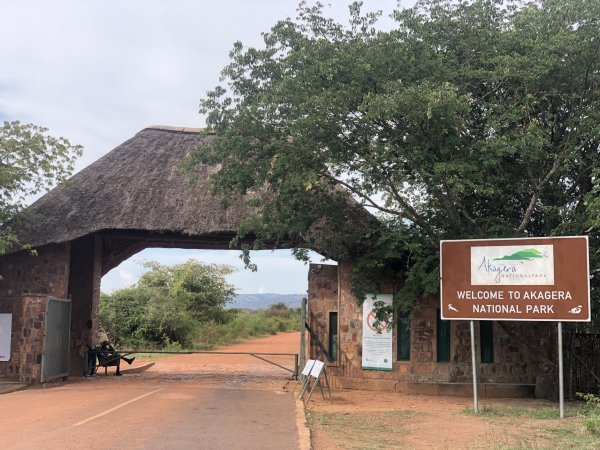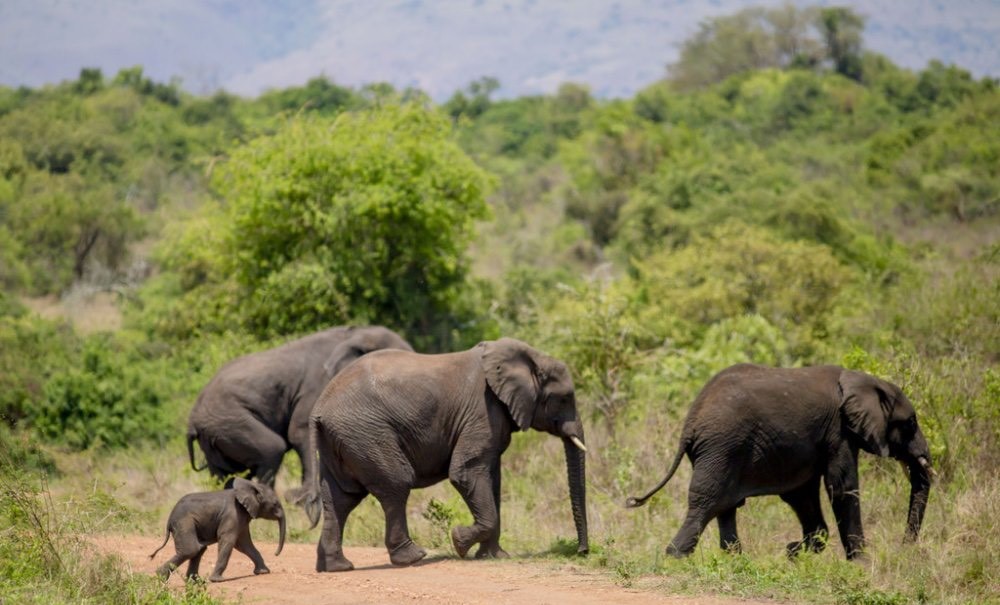Akagera National Park continues to serve as a model for environmentally responsible tourism
Akagera National Park remains a shining example of environmentally responsible tourism, following more than 15 years of Rwanda’s efforts to restore the park and reverse decades of environmental degradation.
Once threatened by poaching, unplanned settlements, and destructive agricultural activities, the park has undergone a remarkable transformation since 2010, becoming one of Africa’s most promising conservation success stories.
Located in Rwanda’s Eastern Province, spanning the districts of Kayonza and Nyagatare, the park takes its name from the Akagera River that flows through it.
Since the restoration efforts began, Akagera has continued to attract a steadily growing number of tourists from across the world. More than 470,622 visitors have toured the park since 2010, including 45% Rwandans. This steady flow of tourists has significantly contributed to the country’s economy, generating 32.1 million USD in revenue.
The park’s management reports that its operations have had a profound impact on the lives of surrounding communities, the national economy, and environmental conservation.
To date, 5.7 million USD has gone directly to local communities through staff salaries and purchases of goods and services from local businesses. An additional 1.07 million USD has been generated through collaboration with the Community Freelance Guide Cooperative, established in 2014, which supports local guides and helps them access tourism-related employment opportunities.
According to Jean Paul Karinganire, A funding and reporting manager, cooperation between the park and local communities is the foundation of safety and the continued growth of tourism revenues.
He explains that communities have significantly changed their attitude towards the park,moving away from activities such as poaching and wildlife trapping and embracing conservation. Today, they support the safe return of wildlife that wanders outside the park instead of harming it.
“Without community support, achieving sustainable development would be impossible. Today, people no longer prioritize poaching or trapping wildlife. Instead, they help ensure that animals found outside the park are safely returned,” he said.
This strong collaboration has also supported local development initiatives. Through the Revenue Sharing Scheme, communities have received 4.7 million USD, used to improve livelihoods and reduce human–wildlife conflicts. This has strengthened community participation in conservation efforts.
Before the installation of the modern electrified fence in 2013, poaching and illegal logging were widespread. Poachers used bicycles, motorcycles, and other fast-moving transport to move illegally hunted animals and cut down Kabaruka (East African Sandalwood) trees, which were trafficked to Uganda and international markets for perfumes and essential oils.
Karinganire notes that before 2013, the park recorded more than 2,000 wire snares annually. In contrast, fewer than 100 snares were detected last year,thanks to strong collaboration with communities and the police.
“Before 2013, poaching and illegal logging had escalated dramatically. We would seize many traditional tools, bicycles, motorcycles, and other equipment used to transport animals, as well as hundreds of snares. This has drastically decreased due to multi-sector collaboration,” he said.
The park’s restoration has also created significant employment opportunities. Akagera currently employs 326 staff members, 90% of whom come from surrounding communities. So far, 245 community projects have been funded with 5.6 billion Rwandan francs, while 1.2 billion Rwandan francs were allocated in the 2024–2025 fiscal year.
Residents living near the park say conservation has brought them notable socio-economic benefits, including support for fish farming, which has enhanced food security and income.
Jean Claude Habihirwe, from Rwinkwavu Sector, says the park transformed his life by enabling him to study tourism and secure employment. This inspired him to establish the Hirwa Children Foundation, which helps children develop their talents while instilling environmental awareness.
“I grew up in a poor family and had dropped out of school. But the park helped me study tourism, graduate, and get a job. Today, I run a foundation that supports children, teaching them creativity and the importance of conservation,” he said.
Akagera continues to attract tourists from around the world. Gina Santos, a visitor from Brazil, said the park left her deeply impressed. She described the boat ride on Lake Ihema, a home to hippos, crocodiles, and diverse bird species as unforgettable.
“This was my first time in Rwanda, and visiting Akagera was a dream come true. The landscapes, wildlife, and boat safari were extraordinary. Seeing hippos in the water, crocodiles sunbathing, and countless bird species was magical. Akagera taught me the value of protecting nature,” she said.
Lake Ihema,one of the park’s 10 lakes is the ecological heart that supports aquatic wildlife and attracts visitors who enjoy water-based tours.
Akagera is home to iconic Big Five species,elephants, lions, buffalos, rhinos, and leopards, alongside hundreds of other animals thriving in its savannahs and wetlands. The park hosts more than 500 bird species, and its landscapes include acacia woodlands, palm-dotted savannahs, papyrus swamps, and dry forests.
Comparing the park before 2010 to its current state shows a dramatic transformation. Previously, Akagera was on the verge of collapse: wildlife populations had drastically declined, poaching was rampant, communities were hostile to conservation, and water ecosystems were deteriorating.
Today, with a modern electrified fence that has reduced poaching by nearly 90%, the return of lions and rhinos, and rising tourism income, the park is a continental success story.
Akagera has become a model of environmental restoration, showing how degraded ecosystems can be revived into global tourism destinations through strong collaboration and sustainable investment.
Historically, Akagera was vast, covering more than 2,500 km² before 1997. Due to population pressures and resettlement needs, its size was reduced to 1,122 km², the area it occupies today.
Rwanda’s Conservation Policy
The Government of Rwanda prioritizes conservation through its National Biodiversity Policy and environmental laws guiding protected area management. These efforts include strengthening park management agencies, partnering with organizations such as African Parks to manage Akagera and Nyungwe, and implementing the Revenue Sharing Program, which allocates 10% of tourism revenues to communities living around national parks to reduce human–wildlife conflict.
Other conservation measures include the use of modern technology (GPS collars, drones), expansion of forest cover, anti-poaching patrols, and promoting sustainable tourism that protects Rwanda’s biodiversity.













